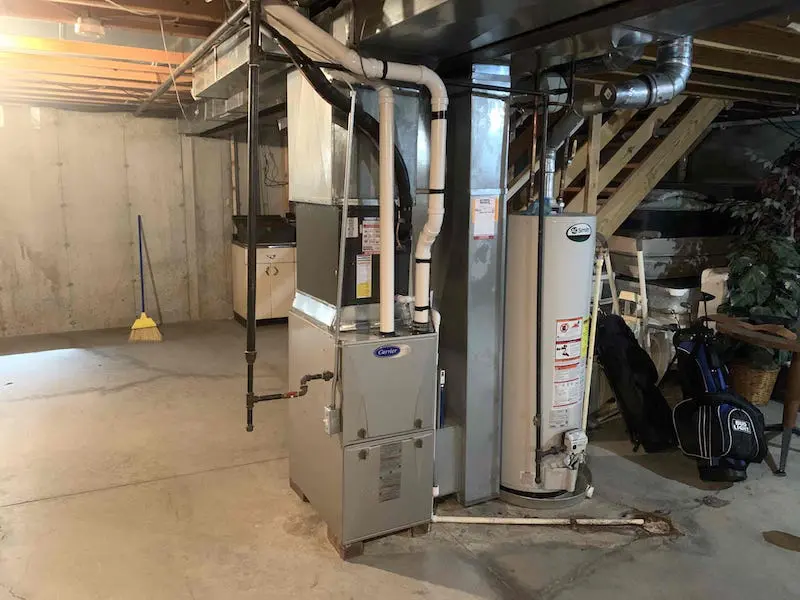Understanding HVAC

HVAC stands for heating, ventilation and air conditioning. It refers to systems that regulate and move heated and cooled air throughout buildings. Although there are many HVAC options, they all work similarly, taking in outside air and using ventilation to bring it to a desired temperature.
Many HVAC units also can control humidity and improve air quality.
What an HVAC System Does
In addition to moving air and making it comfortable, HVAC systems can remove dust, spores, bacteria, viruses and particulates.
Whole-home humidifiers and dehumidifiers can make your home feel cooler without having to run a cooling system.
All these components link to a conventional or internet-connected thermostat. You may be able to program your HVAC equipment through an app. Smart thermostats can reduce the cost of heating and cooling because they help maintain the temperature within a designated range.
How Air Conditioning Works
To cool air, the fan in an air conditioning unit draws the air in and forces it over the evaporator’s coils.
- Containing refrigerant, these coils pull heat from the air.
- Air then passes into the air handler, where a blower propels it into ducts.
- As the cooled air moves along ducts, any unpleasant gasses created during the process are sent through the flue to the outside.
- When an air conditioner takes in heat, refrigerant vaporizes.
- To return to the state it was in originally, the refrigerant moves into the compressor for pressurization. Then it continues to the condenser, to return from a vapor back into a liquid.
- As this happens, the refrigerant expels heat blown out by a fan.
How Furnaces Work
To heat with gas, an HVAC system pulls air through ducts and forces it into the furnace.
- When the furnace is running, the combustion chamber heats the heat exchanger to the desired temperature.
- Air is pushed through this exchanger and heated. Then the motor blows it through the ducts, back into the house.
How Heat Pumps Work
A heat pump works like a central AC; it is based on the idea that heat is always attracted to cold.
- To cool the air, heat is absorbed by the refrigerant and expelled out of the building.
- To make warm air, a heat pump sucks cold outside air over refrigerant, which is even colder.
- Heat is then pulled into the refrigerant, heating the coils.
- Air drawn over those heated coils rises to the desired temperature and is blown into the home.
Other Types of HVAC Systems
Split System
Also referred to as a forced-air system, a split system has one unit inside and one outside. It can consist of a furnace and air conditioner, an air handler and heat pump or a furnace and heat pump.
Hybrid Heat Pump
This central heating system (also called a Dual Fuel Heating System) includes an electric heat pump working in conjunction with a gas furnace. In Spring and Fall, the heat pump heats the home. In Winter, the furnace takes over.
Ductless Mini-Split
This system has an outdoor unit with the compressor and condenser, and an indoor air handler that blows cooled air directly into the room. It is best for small spaces like garages and workshops.
Ducted Mini-Split
Using tubes instead of ducts to move air into a room from an outdoor compressor and condenser, the ducted mini-split is used in homes where there isn’t room for ductwork. It offers better air circulation than ducted mini-splits.
Packaged System
Like a split system, but all the units are outside. This system is quieter, with lower installation costs.
